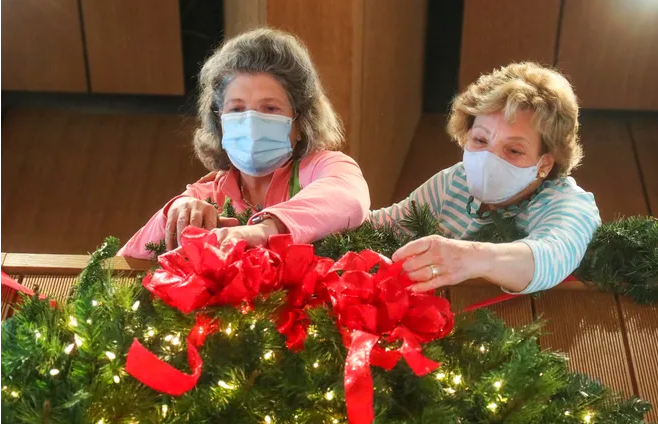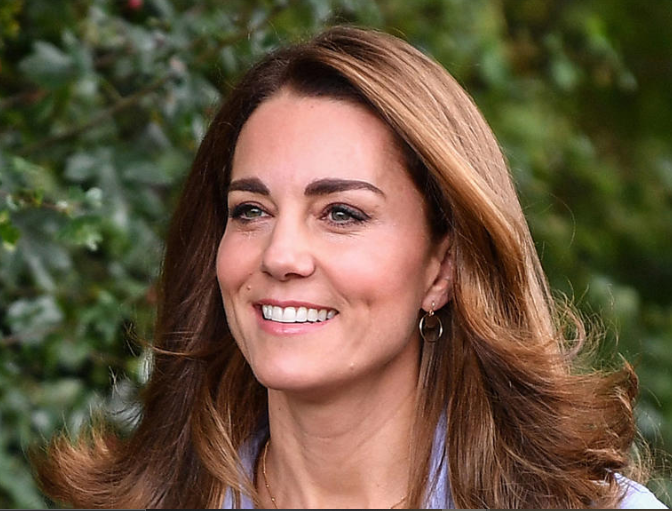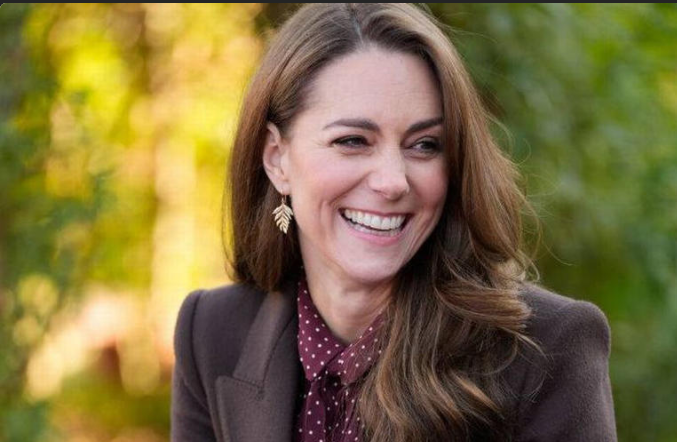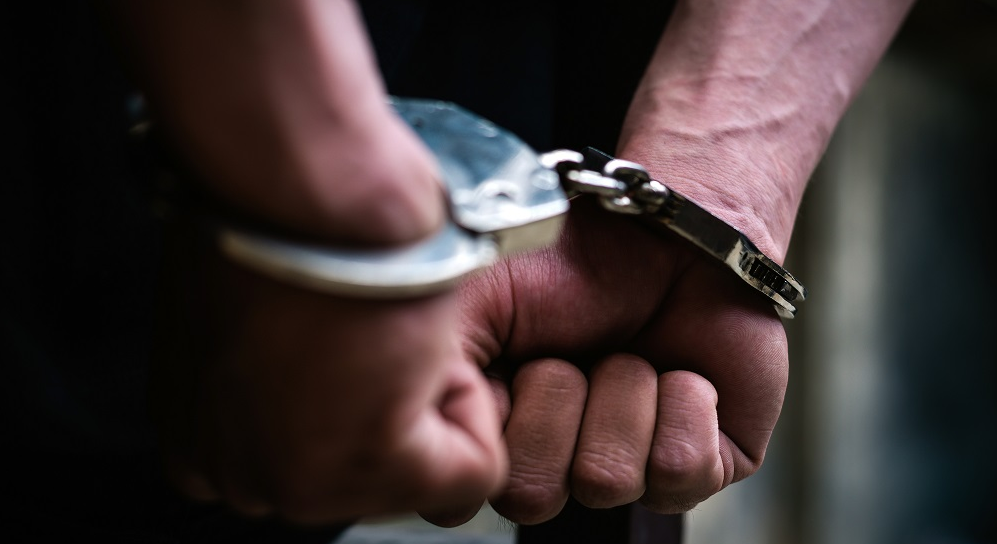
In March 2020, the COVID-19 pandemic abruptly shuttered businesses, government offices, schools, and cultural institutions. The arts and culture sector, heavily reliant on in-person engagement, faced unprecedented challenges as federal, state, and local directives forced venues to close indefinitely.
The nonprofit Americans for the Arts tracked the economic toll of the pandemic on the sector from March 13, 2020, to February 15, 2021, revealing a staggering $15.2 billion loss nationwide, with Florida alone suffering nearly $150 million in losses. An estimated 488 million live-performance attendees stayed home during that time.
Adapting to a New Reality
Local arts organizations quickly pivoted to reach audiences at home, launching outdoor and socially distanced events, virtual programming, and live-streamed performances. These adaptations not only helped organizations survive but also laid the foundation for new methods of engagement that persist today.
“I think the biggest thing that arts organizations learned is the art of the pivot,” said Dave Lawrence, CEO of the Cultural Council of Palm Beach County. The ability to rapidly adjust to evolving conditions became essential for cultural institutions.
March 2020: A Period of Uncertainty
Most museums and performing arts venues in Palm Beach County shut their doors around March 12 or 13. The Society of the Four Arts in Palm Beach responded by transitioning its programming online for members and library patrons. Despite setbacks, including the tragic loss of patrons and a decline in fundraising, the organization saw an increased interest in its outdoor sculpture and demonstration gardens.
The Norton Museum of Art in West Palm Beach also faced a significant hurdle when it closed on March 13, 2020. Within a week, it launched the “Norton from Home” initiative, offering virtual art-making activities and lectures. Popular programs such as Book + Art, Art After Dark, and Spotlight Talks found a new audience online, while the museum’s arts outreach team provided DIY art kits to students.
Similarly, the Kravis Center for the Performing Arts canceled performances on March 12 but quickly introduced the Learn and Play virtual storytelling series. It later released a virtual performance of “Somewhere Over the Rainbow” featuring Broadway performer Talia Suskauer alongside young artists from the Broadway Artist Intensive, the Young Singers of the Palm Beaches, and the Palm Beach Opera Orchestra.
Overcoming Fundraising Challenges
The financial strain of the pandemic was severe, with many organizations experiencing significant declines in donations. In response, the Cultural Council of Palm Beach County launched the Palm Beach County Artist Relief Fund on March 23, 2020, raising about $45,000 and providing grants to 79 local artists within three months. Additionally, the Palm Beach County Cultural Resiliency Fund awarded more than $186,000 in grants to 15 organizations in 2021.
Economic activity from the arts sector in Palm Beach County plummeted from approximately $590 million in 2019 to $362 million in 2020 and further down to $228 million in 2021, according to a study by research group Surale Phillips.
Lessons Learned and the Future of the Arts
While some virtual programming continues, most organizations prioritized resuming in-person events as quickly as possible. “There was a real desire for people to be back in theaters and galleries, experiencing the arts firsthand,” Lawrence said.
The Armory Art Center in West Palm Beach adapted to evolving community needs by extending its evening hours and expanding programs for children and teenagers. “We realized we needed more flexible scheduling to better serve the workforce,” said CEO Jill Brown.
Institutions also discovered new ways to reach audiences who may not have had access before. The Norton Museum now offers distance learning and virtual guided tours, ensuring that those who cannot attend in person can still engage with its offerings. The museum also developed an audio tour for its Pamela and Robert B. Goergen Garden, a feature created during the pandemic that remains popular today.
At the Society of the Four Arts, demand for livestreamed events has increased. A recently approved renovation of its Esther B. O’Keeffe Building will include upgraded audiovisual systems to improve broadcast quality, reflecting a long-term investment in digital accessibility.
Moving Forward with Optimism
Despite the devastating financial impact of the pandemic, Palm Beach County’s arts and culture sector has demonstrated remarkable resilience. Many organizations are still working toward pre-pandemic attendance and revenue levels. As of June 2024, Palm Beach Dramaworks reported ticket sales at about 70% of pre-pandemic levels.
“In the face of great adversity, the Society of the Four Arts and the spirit of the Palm Beach community prevailed,” said Philip Rylands, the organization’s president and CEO.
The lessons learned during the pandemic—flexibility, innovation, and audience engagement beyond physical venues—will continue shaping the future of arts and culture in Palm Beach County.








